A range of teacher professional learning programs will be developed to accompany the Biodiversity of the Western Volcanic Plains online outreach...
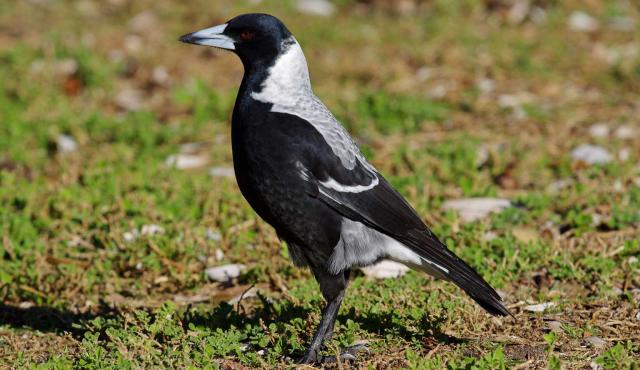
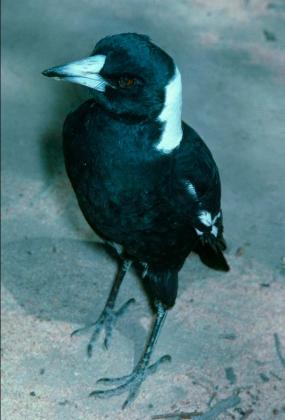
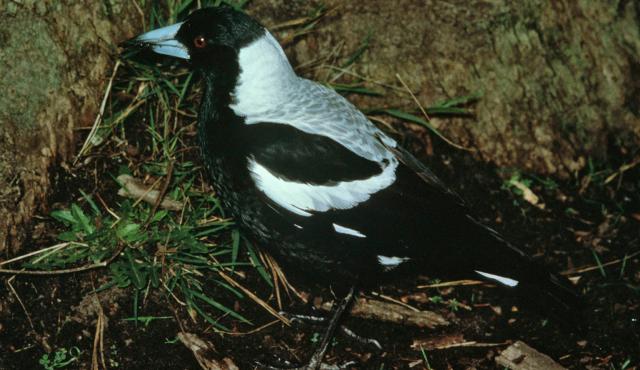
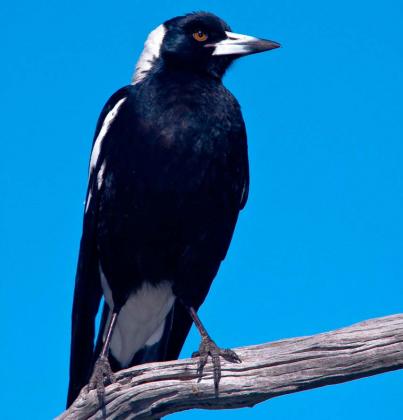
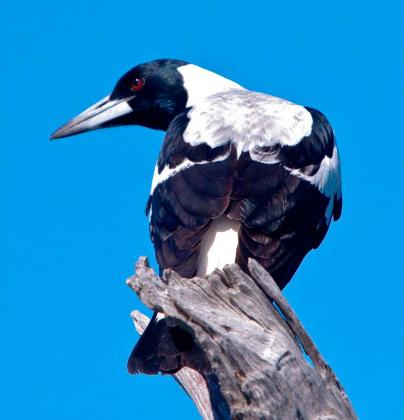
Australian Magpie
Cracticus tibicen
Lives in family groups. The breeding season lasts from June through to December but usually occurs from August-October. Builds a nest in the fork of slender upper tree branches, 5-20 m high. Clutch size is 1-6 eggs and is incubated by the female for 20 days. Young are fed by the female and occasionally the male. The male defends the territory. Young fledge at 28 days. Some individuals become aggressive and swoop intruders during the breeding season.
| Details | Description |
| Type | Bird |
| Group | Magpie |
| Former Scientific Name | Gymnorhina tibicen |
| Other Common Names | Black-backed Magpie, White-backed Magpie, Western Magpie |
| Identifying Characteristics | |
| Distinctive Markings | In the south-east, extreme south west and Tasmania the back and rump are white. In areas of the Northern Territory and Western Australia, the black feathers have white margins. |
| Diet | Omnivore. Searches on the ground for insects and insect larvae. Will feed from human scraps. |
| Habitat | Usually eucalypt woodland close to tree-lined rivers, partly cleared land. Adapted to parks and playing fields. Avoids dense forests and arid deserts. |
| Native Status | Native to Australia |
| Sounds | Rich, varied carolling with notes ranging from high to low. In alarm, loud harsh "squaark". |
| Taxonomy | |
| Phylum | Chordata |
| Class | Aves |
| Order | Passeriformes |
| Family | Artamidae |
| Genus | Cracticus |
| Species | tibicen |
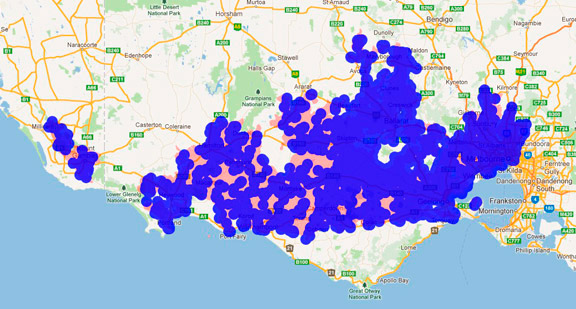
Distribution maps indicate current and historic locations where species have been sighted.
Source: Atlas of Living Australia
| Conservation Status | |
| DEPI Advisory List | Not listed |
| FFG Act | Not listed |
| EPBC Act | Not listed |
The conservation status of species is listed within Victoria and Australia.
The Department of Environment and Primary Industry (DEPI) Advisory List consists of non-statutory advisory lists of rare or threatened flora and fauna within Victoria.
The Flora and Fauna Guarantee Act 1988 (FFG Act) lists threatened species in Victoria. Under the Act, an Action Statement is produced for each listed species.
The Environment Protection and Biodiversity Conservation Act 1999 (EPBC Act) is the Australian Government’s key piece of environmental legislation, listing nationally threatened native species and ecological communities.



